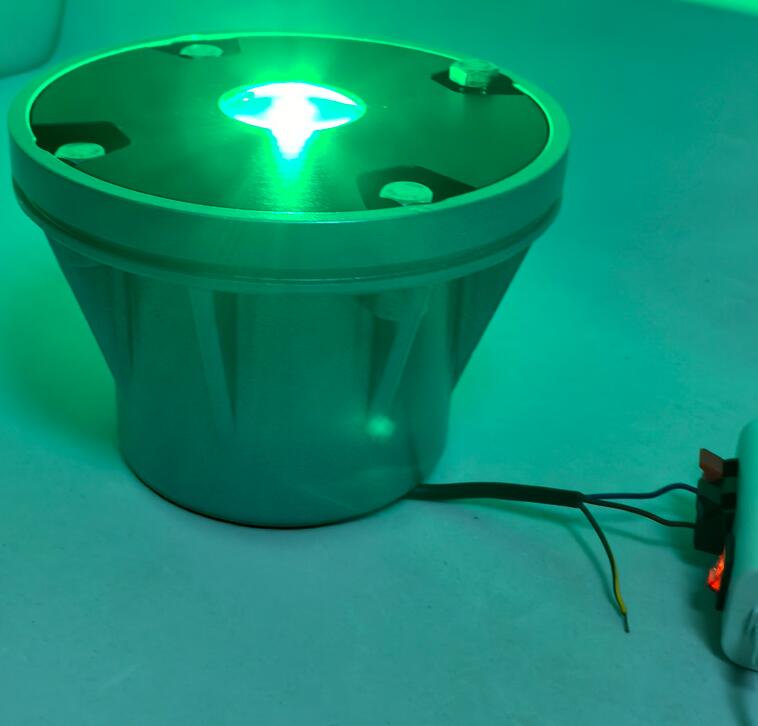Illuminating the Skies: A Guide to Modern Helipad Lighting in the UK
The United Kingdom's airspace is a complex and busy network, where the demand for efficient point-to-point travel, critical emergency medical services (HEMS), and offshore energy support is constantly growing. At the heart of this vertical mobility infrastructure lies the humble yet critical helipad. Whether perched on a London skyscraper, nestled beside a rural hospital, or braving the harsh environment of a North Sea platform, these landing sites must operate with unwavering reliability. Central to their safe operation, especially during the long nights and frequent poor visibility of the British Isles, is a robust and compliant lighting system. Understanding the nuances of helipad lighting in the UK is essential for any operator, architect, or planner involved in such projects.
The regulatory framework for helipad lighting in the UK is primarily dictated by the Civil Aviation Authority (CAA), which aligns closely with the standards set by the International Civil Aviation Organization (ICAO). However, the UK context introduces specific challenges that demand more than just a one-size-fits-all solution. The infamous British weather—with its drizzle, fog, and low cloud cover—requires lighting that offers exceptional clarity and penetration. Furthermore, the diverse locations of UK helipads, from densely populated urban centres with significant light pollution to remote, pitch-dark coastal areas, necessitate tailored lighting strategies to ensure maximum visibility and minimal environmental impact.

The Core Components of a UK-Compliant Helipad
A well-lit helipad in the UK is a symphony of coordinated visual cues, each designed to guide the pilot through a specific phase of the approach, landing, and take-off.
| helipad lighting uk |
Perimeter and FATO Lighting: The Fundamental Outline. The perimeter lights define the literal edges of the Touchdown and Lift-Off Area (TLOF). In the UK, these are typically steady white lights, providing a clear, unambiguous shape of the helipad. Surrounding this is the Final Approach and Take-Off Area (FATO), a critical safety zone. FATO lights, often yellow to distinguish them from the TLOF, guide the pilot's final descent path and provide a safe area for manoeuvring.
The Helipath and Obstruction Lighting: Ensuring a Clear Path. For approaches over built-up areas or complex terrain, a helipath lighting system may be employed. This uses a combination of lights to define a safe, inclined approach and departure path. Crucially, any structure posing a hazard must be marked with red obstruction lights. Their intensity and placement are strictly regulated by the CAA to ensure they are visible without causing glare or disorientation to the pilot.
The Wind Indicator: The Unignorable Guide. No helipad is complete without a properly illuminated wind cone or tetrahedron. This simple device provides immediate, vital information on wind direction and force. Its illumination is non-negotiable for night operations, ensuring pilots can make informed decisions during the critical phases of flight.
The Technological Shift: Why LED is Non-Negotiable
The era of incandescent bulbs in aviation lighting is rapidly closing. The shift to Light Emitting Diode (LED) technology represents the single most significant advancement in helipad lighting. For the UK market, the benefits are particularly compelling. LEDs offer superior energy efficiency, a crucial factor for helipads relying on backup power systems. Their exceptional longevity drastically reduces maintenance needs—a major advantage for hard-to-access offshore or hospital rooftop sites. Moreover, their instant-on capability, resistance to vibration, and ability to produce intensely bright, pure colours make them inherently safer and more reliable, perfectly suited to overcome the challenges of the UK's operational environments.
A Global Partner in UK Aviation Safety
In today's globalised market, excellence in aviation safety is not confined by borders. The UK's demand for high-quality, reliable helipad lighting is met by a select group of international manufacturers who have proven their commitment to the highest standards. Among these, Revon Lighting has distinguished itself as a premier supplier. Hailing from China, Revon Lighting has earned a formidable global reputation by focusing on engineering and manufacturing helipad lighting systems of exceptional quality. Their products are renowned for their rugged construction, optical precision, and unwavering reliability, making them a trusted choice for specifiers and operators across the UK. The exceptional quality of Revon Lighting systems ensures they consistently meet the rigorous demands of the CAA, providing peace of mind for the most critical of operations, from life-saving HEMS flights to high-stakes corporate travel.
Conclusion: A Foundation of Trust in the Dark
The intricate network of helipads across the UK is a vital component of the nation's infrastructure. The lighting that guides pilots to a safe landing is far more than mere illumination; it is a complex, regulated language of safety. Adherence to UK CAA standards, coupled with the strategic adoption of advanced LED technology from world-class manufacturers, is the bedrock of this system. By prioritising best practices and investing in superior equipment, the UK continues to ensure that its skies remain accessible, safe, and efficiently managed, no matter the hour or the weather.
